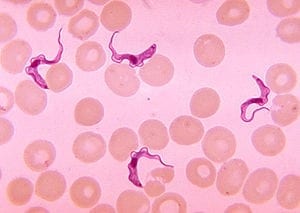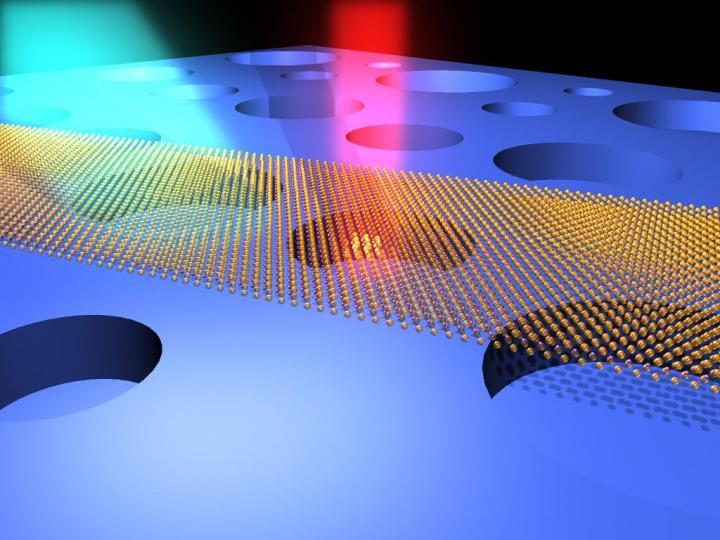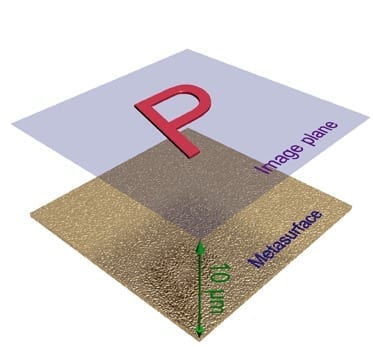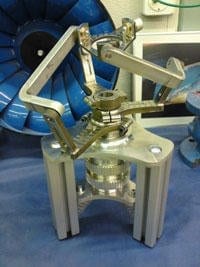
Researchers at Umeå University have identified drugs targeting infections of the parasite Trypanosoma brucei and are thereby well on the way to find a cure against African sleeping sickness.
This is the kernel of a thesis, which will be publicly defended on 8 November 2013.
African sleeping sickness (Human African trypanosomiasis) is caused by a parasite called Trypanosoma brucei. As the name of the disease indicates, it is associated with sleep disturbances but there are many other neurological complications as well. Unless the patient is treated, the illness develops in stages and leads eventually to unconsciousness and death. At present, there is no vaccine available and the medicines that exist are either very toxic or do not work effectively against all variants of the disease.
All cells have the potential to renew themselves infinitely through cell division. During cell division, the cell replicates its DNA, which constitutes the individual’s genetic material, and then allows the DNA copy to pass on to the daughter cell. During this process, there is a need for a continuous supply of four different building blocks for DNA, i.e. dATP, dCTP, dTTP and dGTP. In human cells, these DNA building blocks can either be produced by the cells themselves, or absorbed in the form of so-called precursor molecules (deoxynucleosides) that are present in the blood and other body fluids.
It has already been observed that the parasite’s production of RNA building blocks, which resemble DNA building blocks, could be a target for drug discovery whereas the parasite’s production of DNA building blocks has not been studied to the same extent. Munender Vodnala from the Department of Medical Biochemistry and Biophysics has therefore focused his study on the cellular machinery involved in the production of DNA building blocks from precursor molecules. This is considered to be a promising target for drug development against the parasite.
The production of DNA building blocks from precursor molecules is made in three stages, so-called phosphorylations. Munender Vodnala has demonstrated that the enzyme adenosine kinase, which is involved in the first production stage, can be used by the parasite to produce dATP from the precursor molecule deoxyadenosine. When the parasite Trypanosoma brucei is cultivated in the presence of large amounts of deoxyadenosine, it produces high levels of dATP compared with mammalian cells. At these levels, dATP becomes toxic to the parasites and they die within just a few hours. Furthermore, Munender Vodnala has managed to identify two modified versions of deoxyadenosine, so-called analogues of deoxyadenosine. These resemble – but are significantly more effective than – deoxyadenosine itself in killing off the parasites.
“When we used deoxyadenosine analoues to treat mice that were infected with Trypanosoma brucei, we were able to cure the infections very successfully. These results indicate that we can now move on to develop an effective treatment for African sleeping sickness,” explains Munender Vodnala.
Go deeper with Bing News on:
African sleeping sickness
- 40 people affected by sleeping sickness in Malawi every year
Malawi every year Malawi 24 | Latest News from Malawi | Stay up-to-date with the latest news from Malawi and around the world, 24/7.
- The Reason Why Kidney Diseases And Kidney Failures Are More Common In Black Sub-Saharan Africans
WHY KIDNEY DISEASES ARE MORE COMMON IN BLACKS Compared to the white population, blacks are more than 3 times as likely to have kidney failure .
- Uganda: Seven Animal Diseases That Are a Threat to Public Health
Veterinary doctors, also known as Veterinarians or Veterinary surgeons are trained to detect, diagnose, treat, prevent and control diseases in animals. In so doing, they have a duty to prevent the ...
- ERC Advanced Grant: 2.5 Million Euros for Isabel Roditi
Professor Isabel Roditi has been awarded an ERC Advanced Grant to further strengthen her outstanding research into the pathogen that causes sleeping ...
- Biomednewsbreaks - Paxmedica Inc. (NASDAQ: PXMD) In Process Of Responding To Emergency Request For IV Suramin From African Health Ministry
PaxMedica (NASDAQ: PXMD) , a biopharmaceutical company focused on advancing treatments for neurological disorders, has received an urgent request fr ...
Go deeper with Google Headlines on:
African sleeping sickness
[google_news title=”” keyword=”African sleeping sickness” num_posts=”5″ blurb_length=”0″ show_thumb=”left”]
Go deeper with Bing News on:
Human African trypanosomiasis
- 40 people affected by sleeping sickness in Malawi every year
Malawi every year Malawi 24 | Latest News from Malawi | Stay up-to-date with the latest news from Malawi and around the world, 24/7.
- The Reason Why Kidney Diseases And Kidney Failures Are More Common In Black Sub-Saharan Africans
WHY KIDNEY DISEASES ARE MORE COMMON IN BLACKS Compared to the white population, blacks are more than 3 times as likely to have kidney failure .
- Biomednewsbreaks - Paxmedica Inc. (NASDAQ: PXMD) Featured In Latest Bell2bell Podcast Release
PaxMedica (NASDAQ: PXMD) , a leading biopharmaceutical company dedicated to advancing treatments for neurological disorders, was featured in the lat ...
- Seven Animal Diseases That Are a Threat to Public Health
Veterinary doctors, also known as Veterinarians or Veterinary surgeons are trained to detect, diagnose, treat, prevent and control diseases in animals. In so doing, they have a duty to prevent the ...
- PaxMedica's CEO and Malawi Health Official Discuss Urgent Medical Crisis in Bell2Bell Podcast
During this insightful conversation, Howard Weisman, CEO of PaxMedica, and Dr. Marshal Lemerani, Program Manager at the Malawi Ministry of Health, joined host Stuart Smith to discuss the urgent ...
Go deeper with Google Headlines on:
Human African trypanosomiasis
[google_news title=”” keyword=”Human African trypanosomiasis” num_posts=”5″ blurb_length=”0″ show_thumb=”left”]










